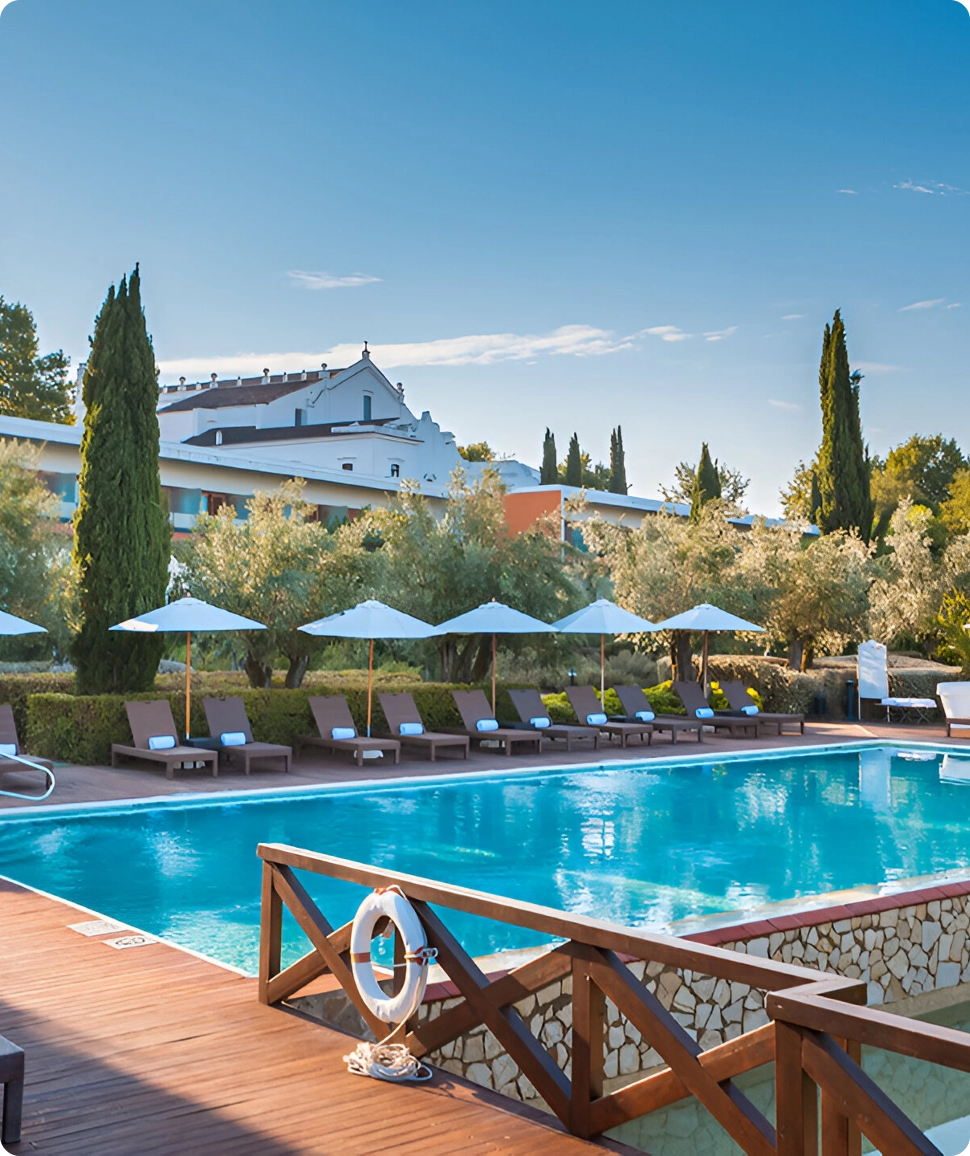Fascinating in its history, authentic in its charm. In the heart of Alentejo, Convento do Espinheiro is a sanctuary where history breathes through every stone, and luxury blossoms with soul.
The Convento do Espinheiro, a former 15th-century convent, has been meticulously restored to preserve its majestic architecture and frescoes that speak of centuries of devotion, art, and silence.
Today, more than just a five-star hotel in Évora, it's a unique experience, where every moment invites contemplation.
Discover




 Évora - Portugal
Évora - Portugal
